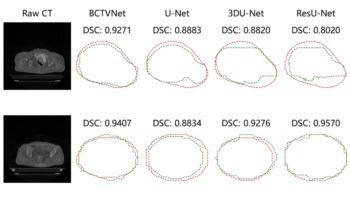The distribution of personal income in a society – a key factor in all economies – follows a universal statistical law, according to Wataru Souma of ATR Human Information Science Laboratory in Japan. Souma analysed the salary details of over 51 million people in Japan and found that the distribution of their incomes was described by a ‘log-normal’ curve with a power-law tail. An accurate picture of salary sizes is crucial in many areas of economics, including studies of inequality and poverty (W Souma 2002 xxx.lanl.gov/abs/cond-mat/0202388).
Many attempts have been made to model the distribution of incomes in a society, but until now no formula had successfully described all salary levels and periods in history. The economist Pareto proposed in 1897 that income distribution followed a simple power law – that is, the number of people earning a certain wage falls as that wage rises. This law is characterized by the ‘Pareto index’, which is small if incomes are distributed unevenly across the population, and large if the spread is more equal.
But Pareto’s theory only holds for the top 1% of earners. The economist Gibrat later found that the incomes of the remaining 99% of earners follow a log-normal distribution – that is, the logarithms of the incomes have a normal, symmetrical distribution. This relationship is defined by the ‘Gibrat index’, which is also small for uneven income distributions.
In order to combine these formulas, Souma analysed the salary data of over 80% of the working Japanese population. Employing techniques commonly used to model ‘many-body’ systems in condensed matter physics, he has devised a formula – consisting of a log-normal curve with a power-law tail – that successfully describes the income distribution of the whole population.
The income details analysed by Souma dated from 1887 to 1998, which enabled him to study how the distribution evolved. Comparing his work with an earlier American study, Souma notes that the indices in the new formula are almost identical in Japan and the US.
Souma does not attempt to explain why income follows the observed distribution, but he believes that the new model is a fundamental law of economics that could describe income distribution in all societies at any point in history.



